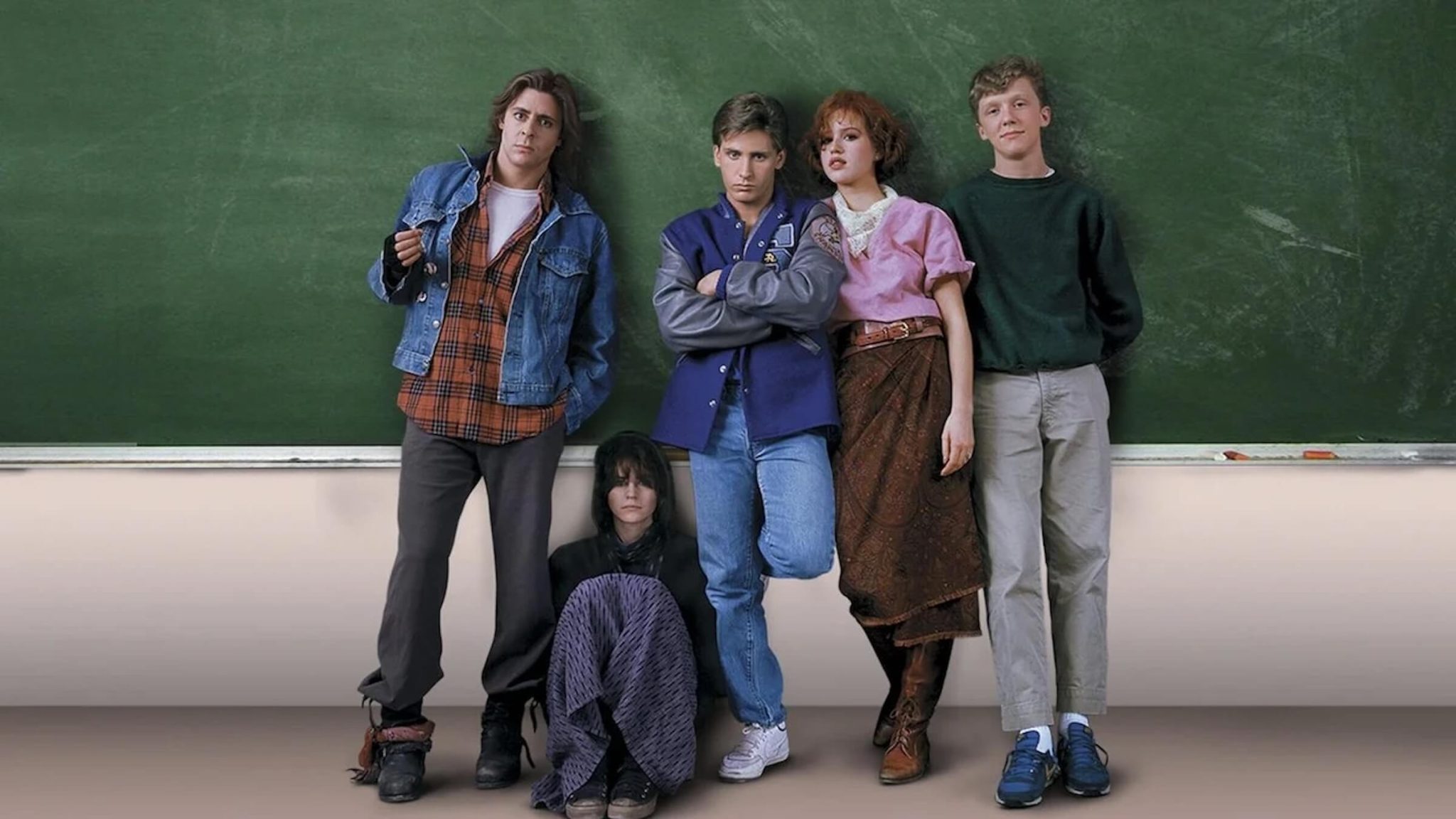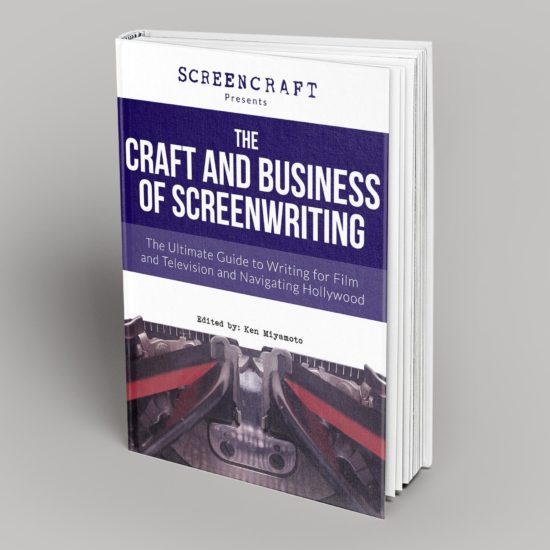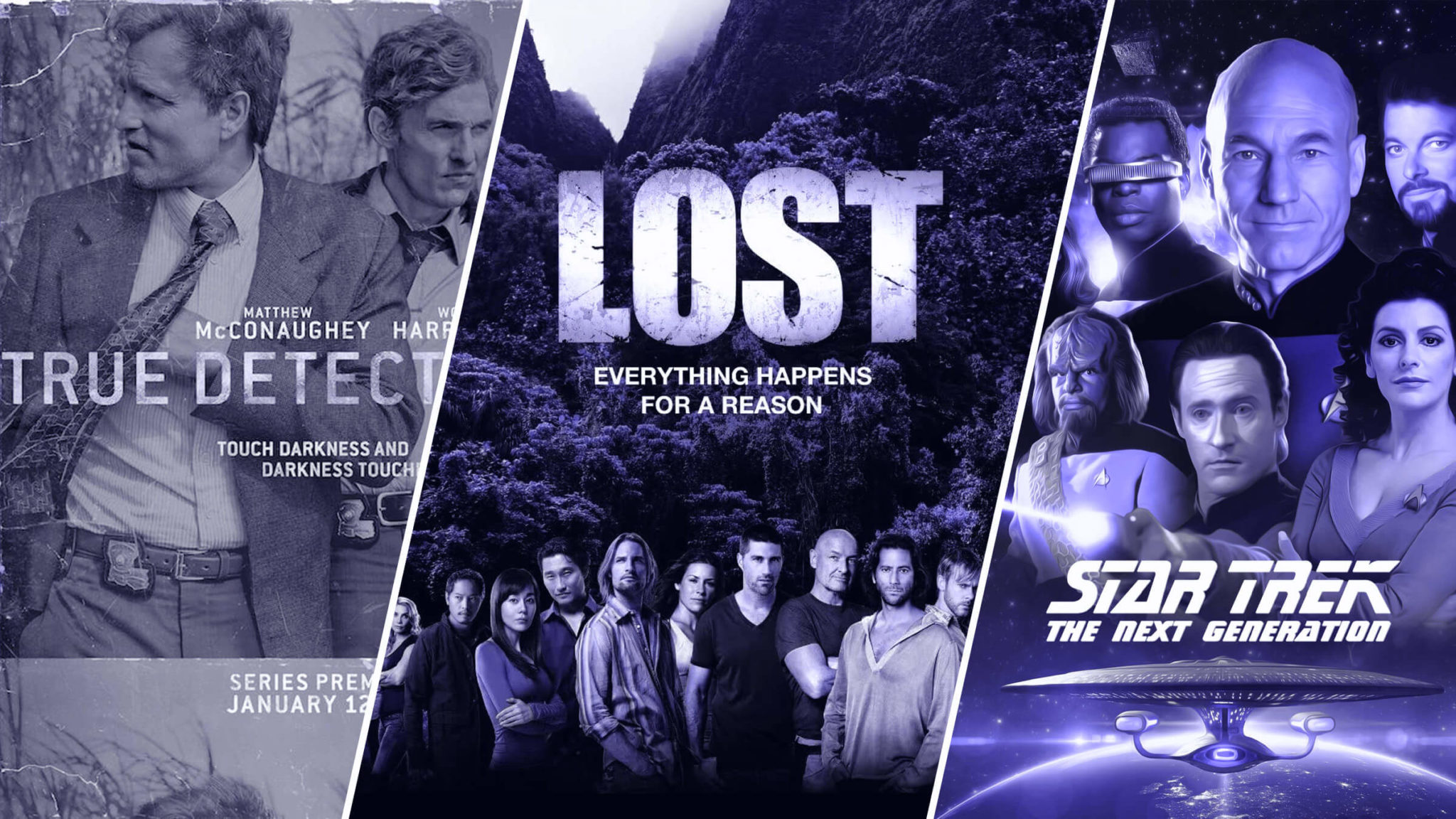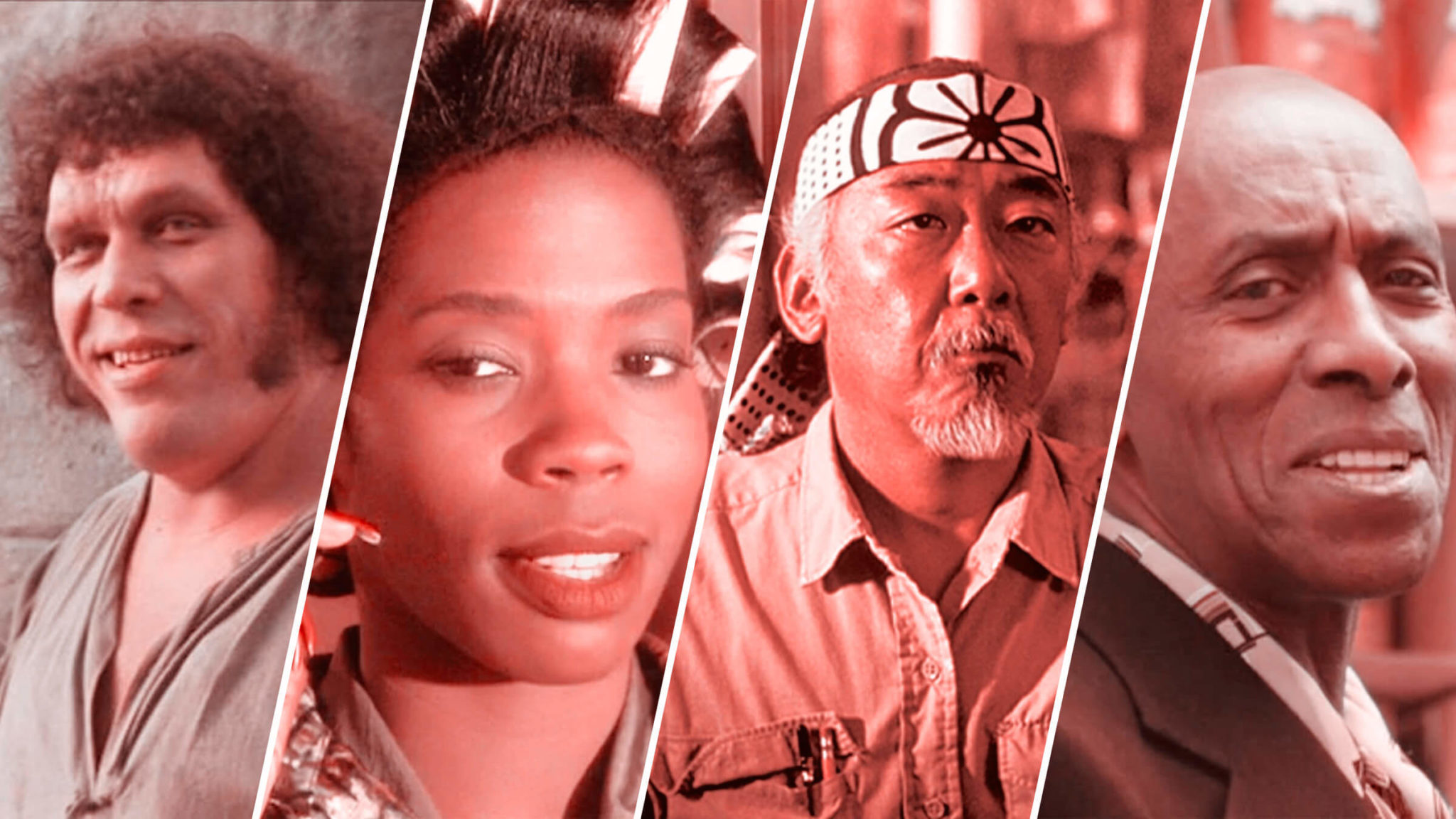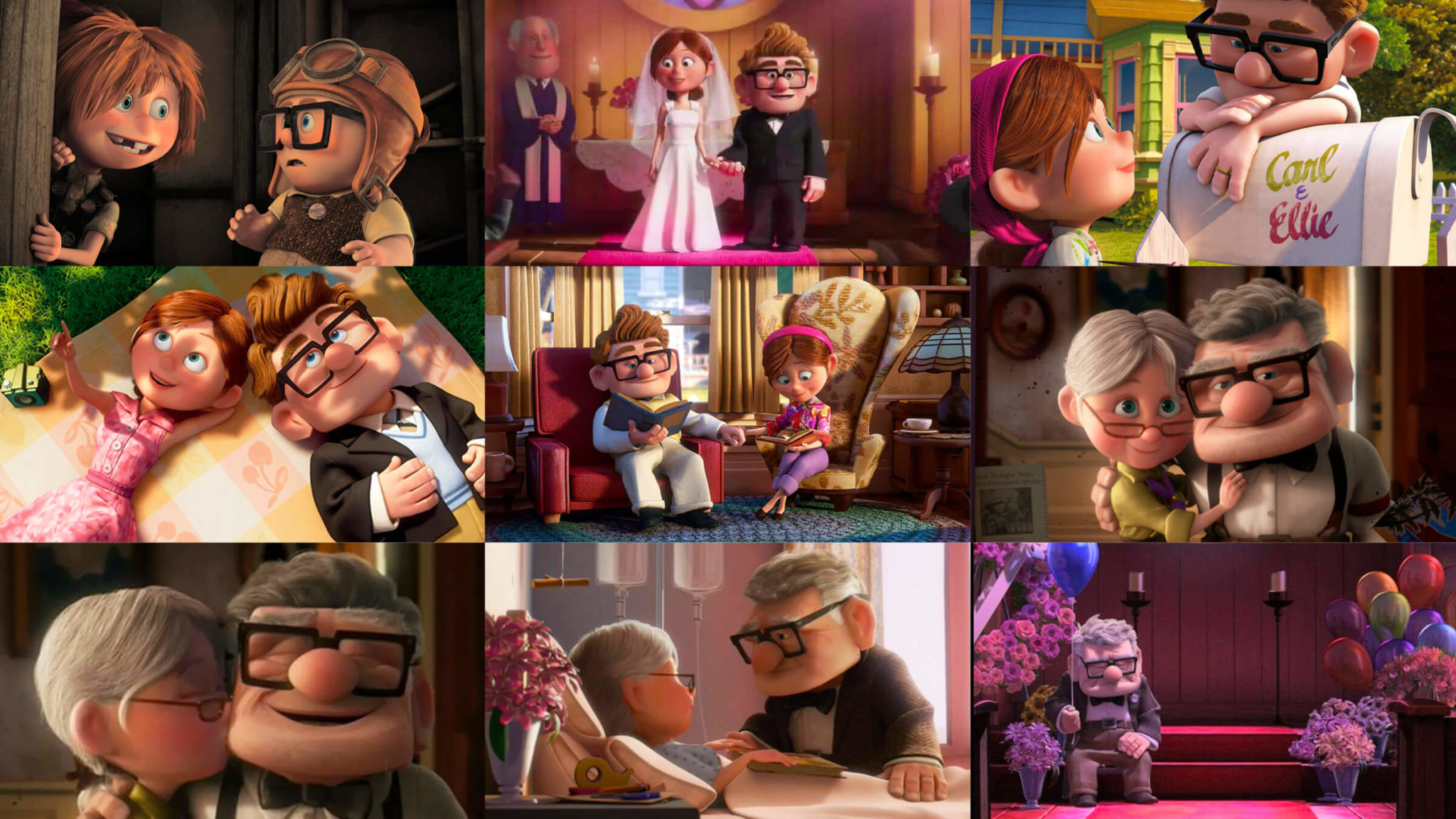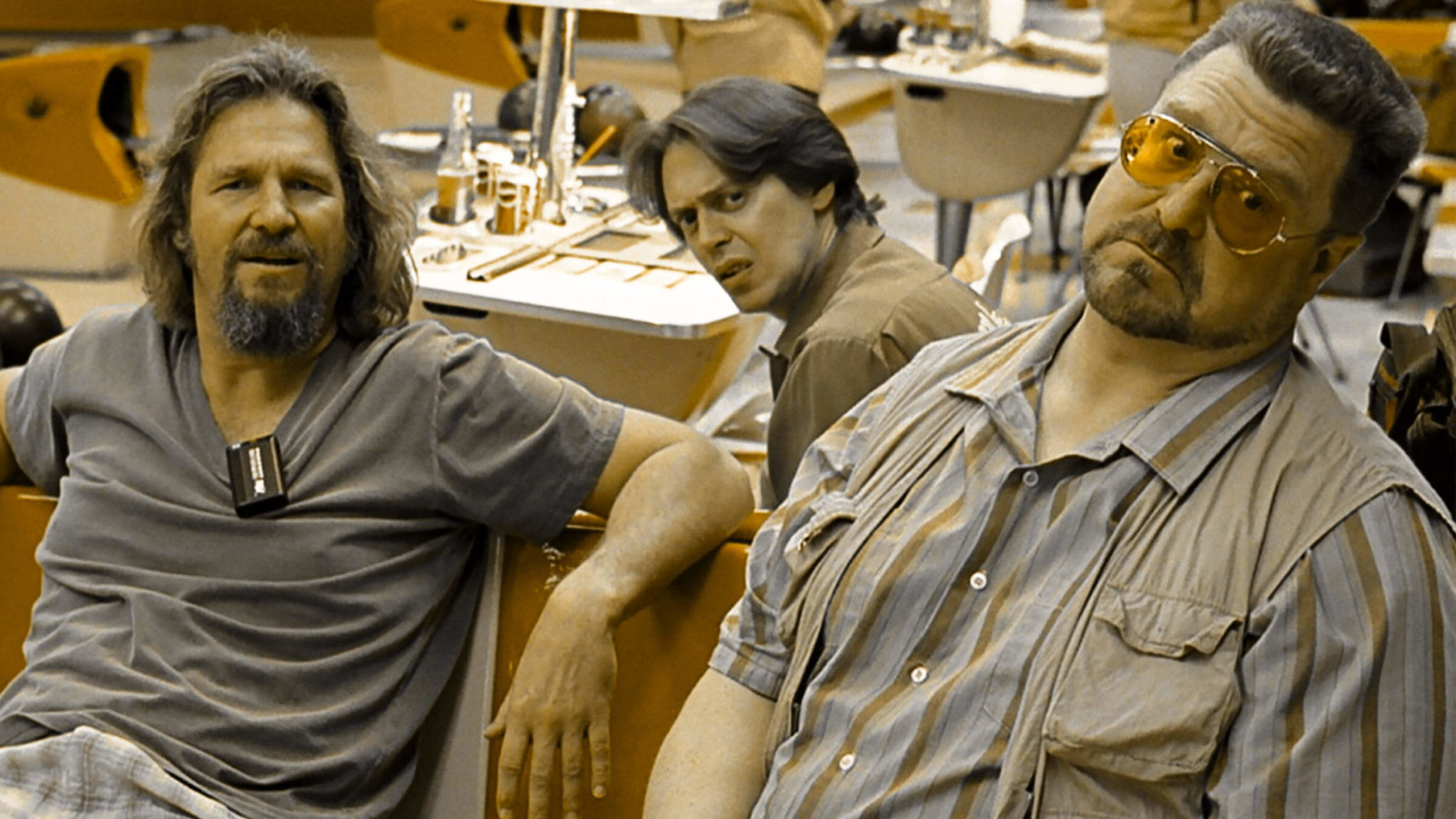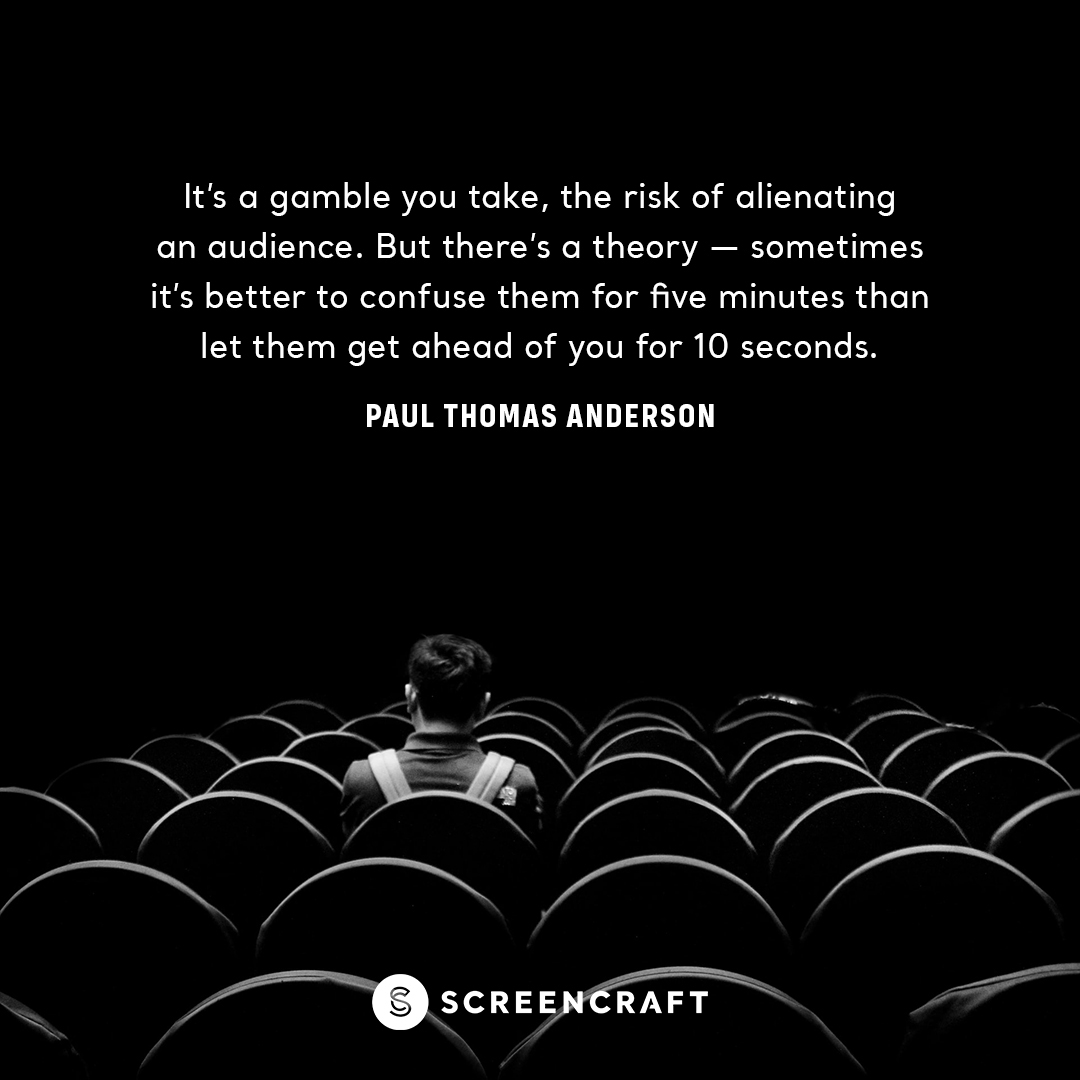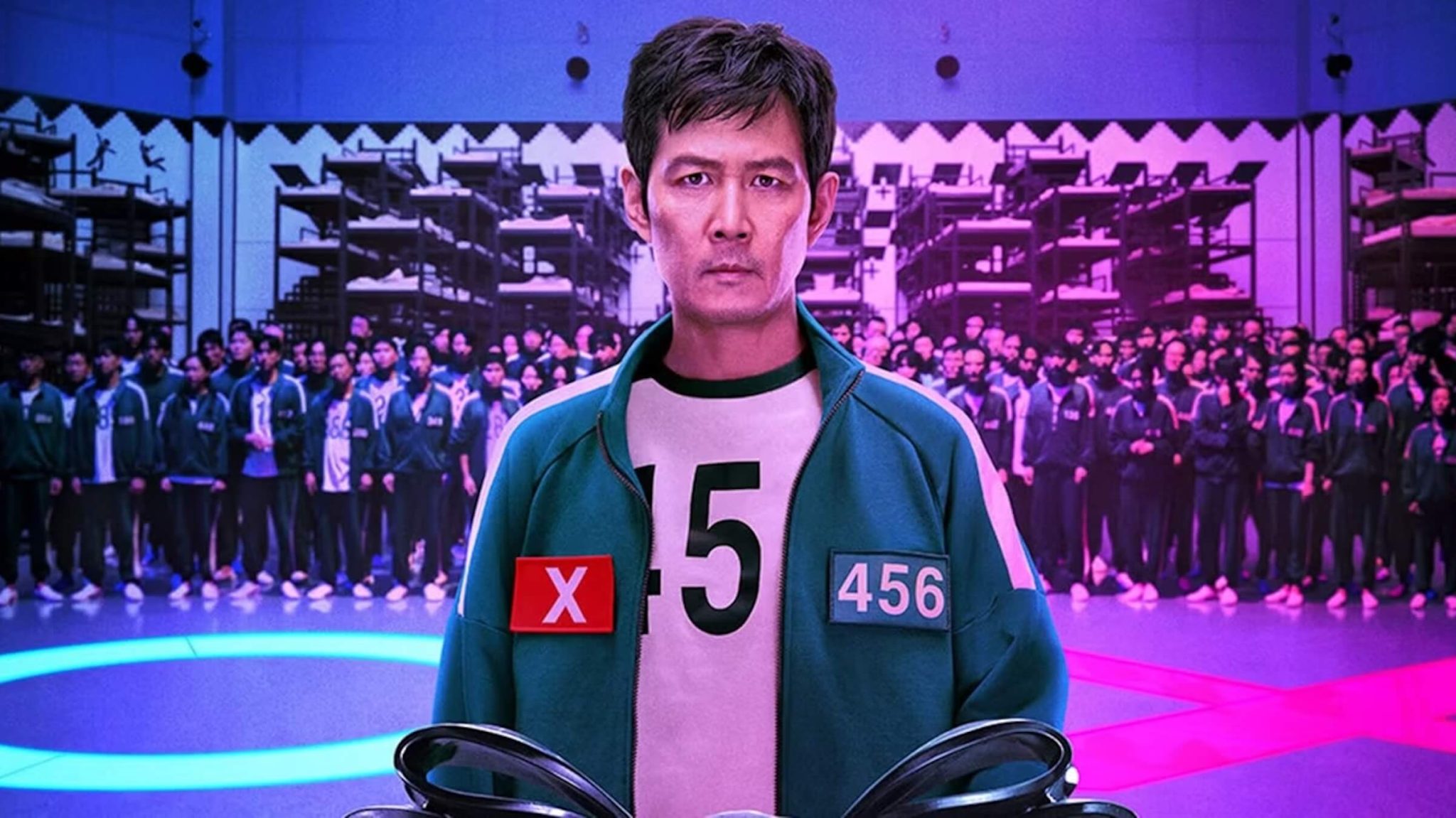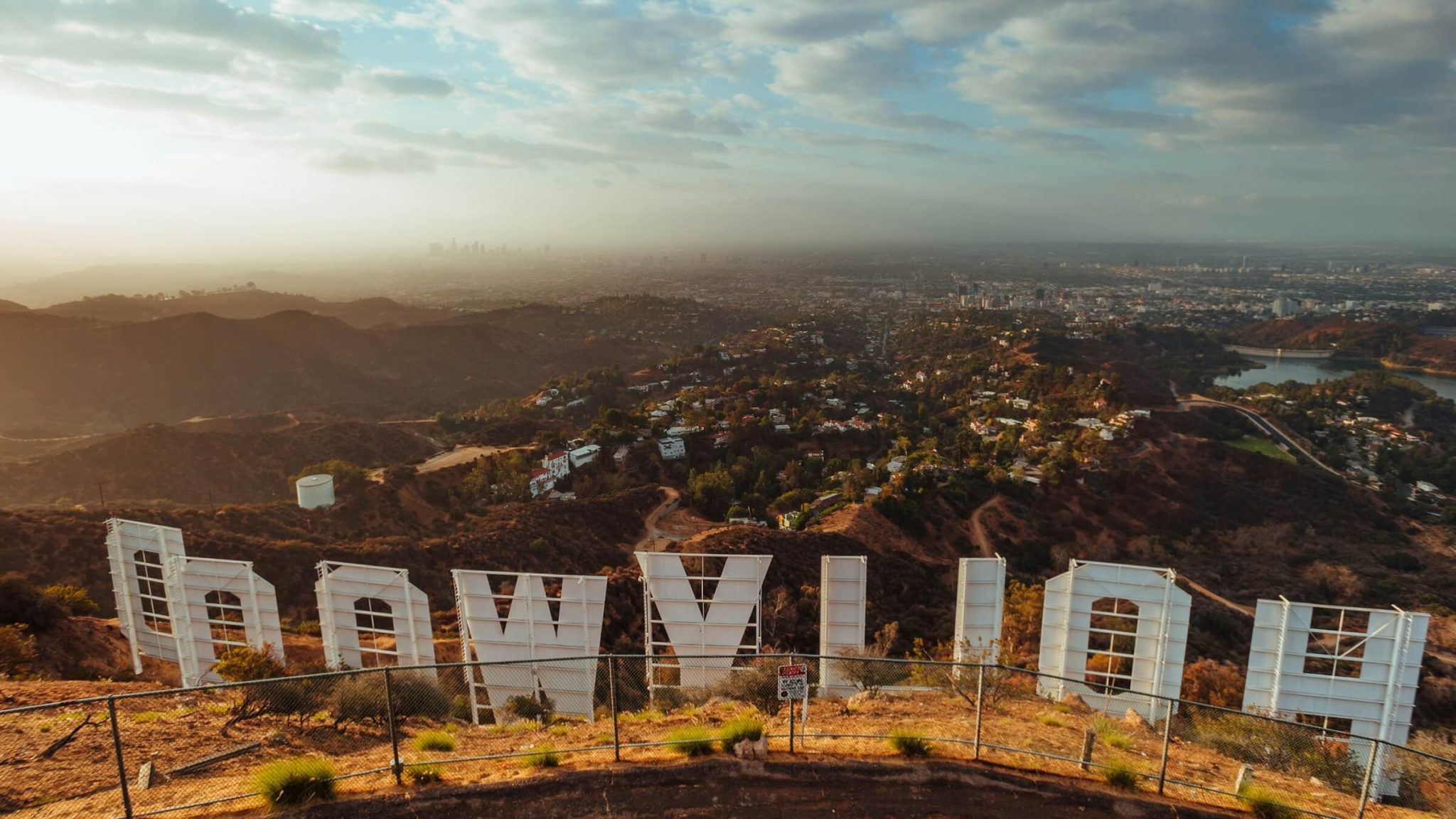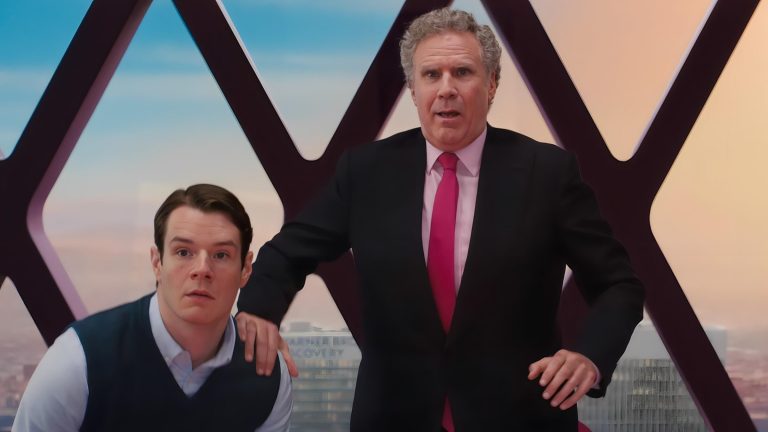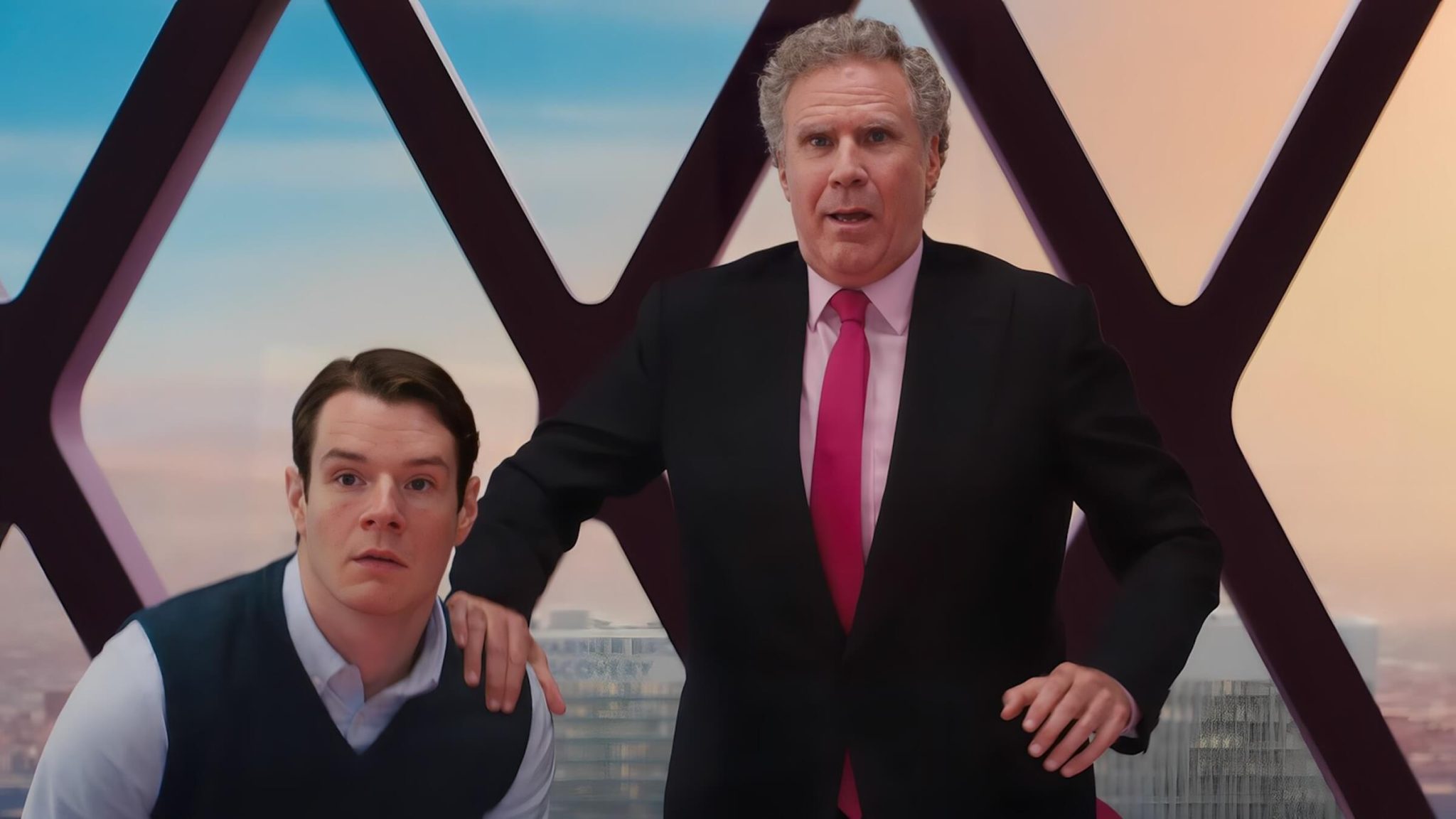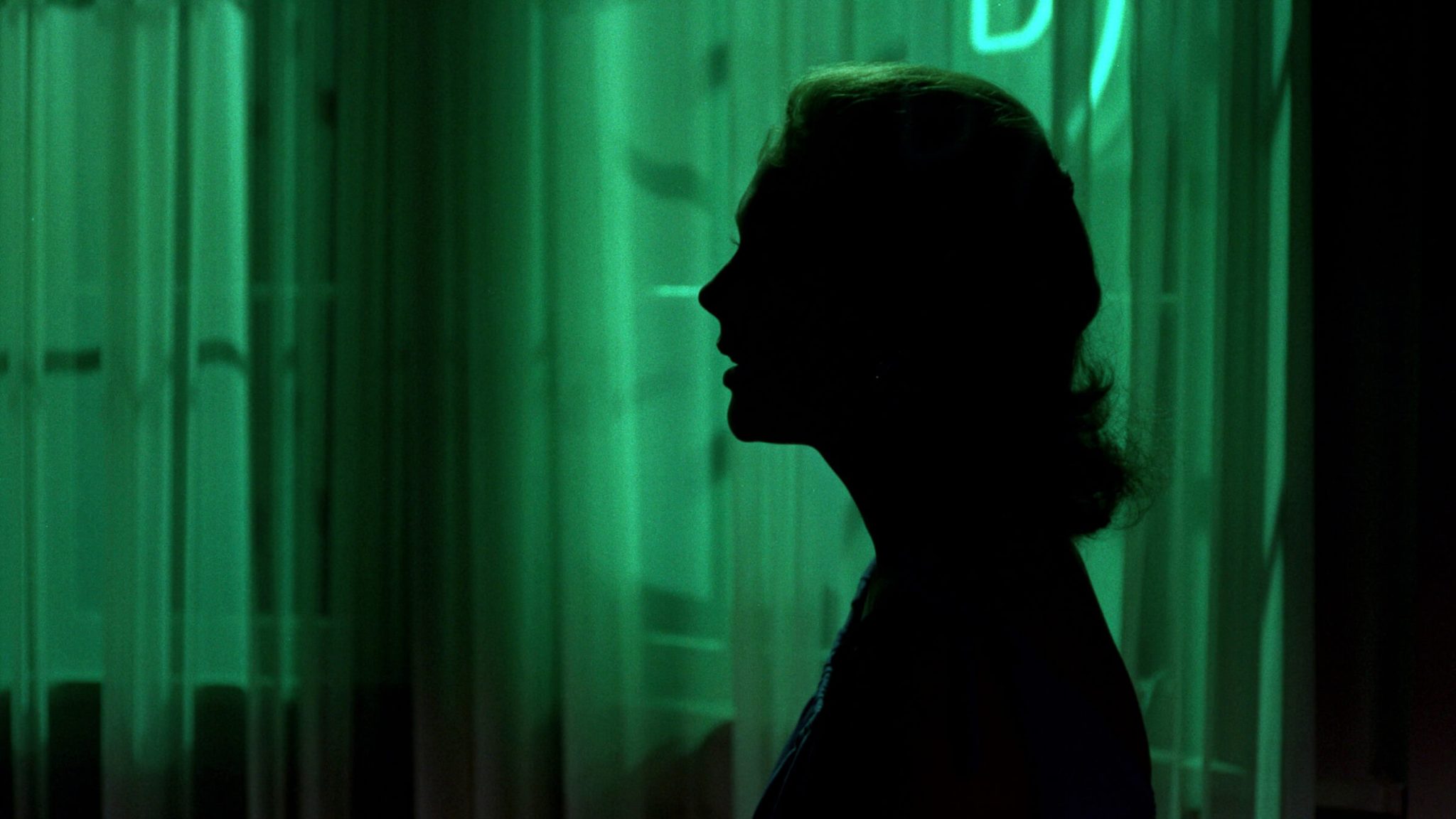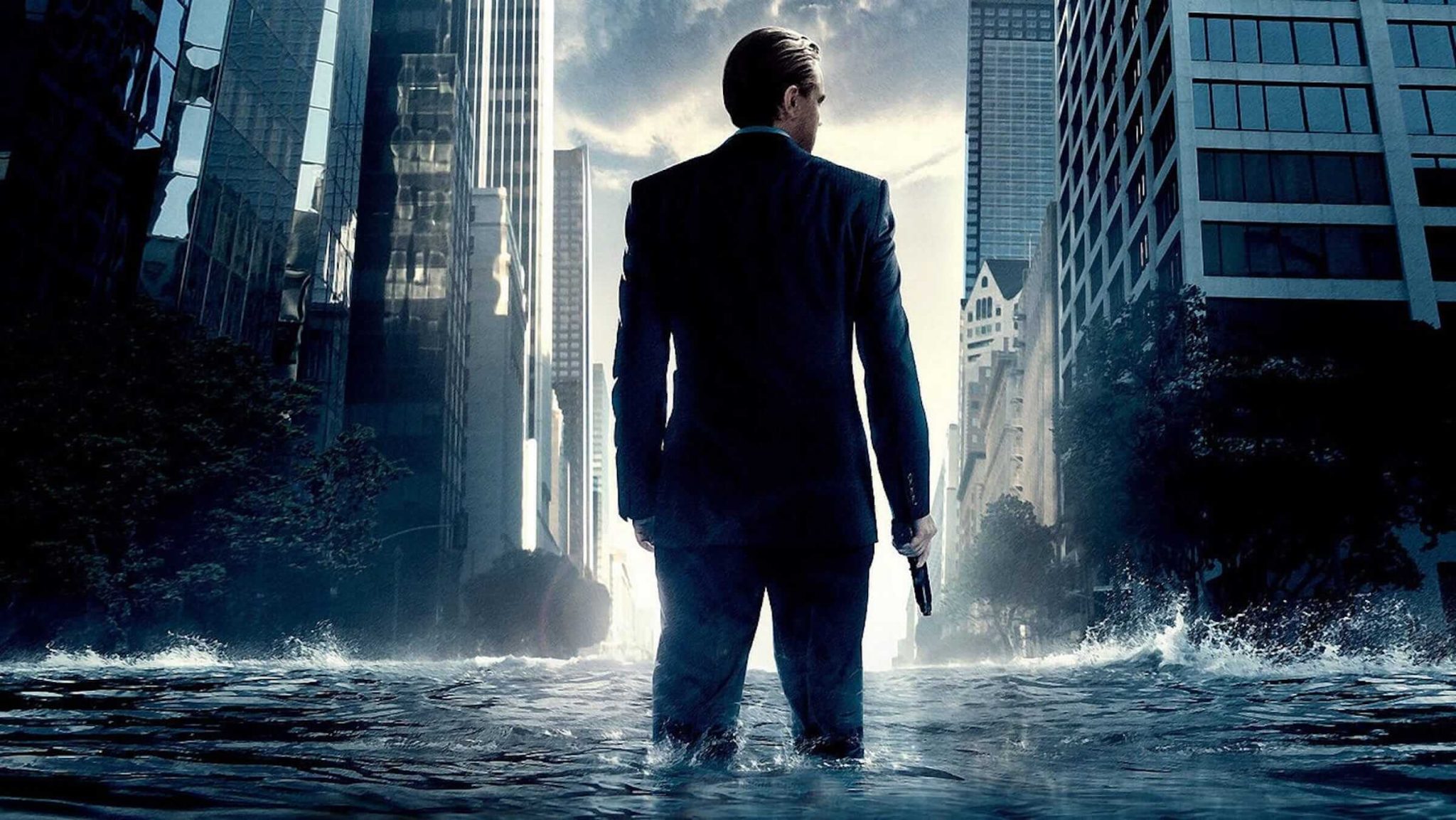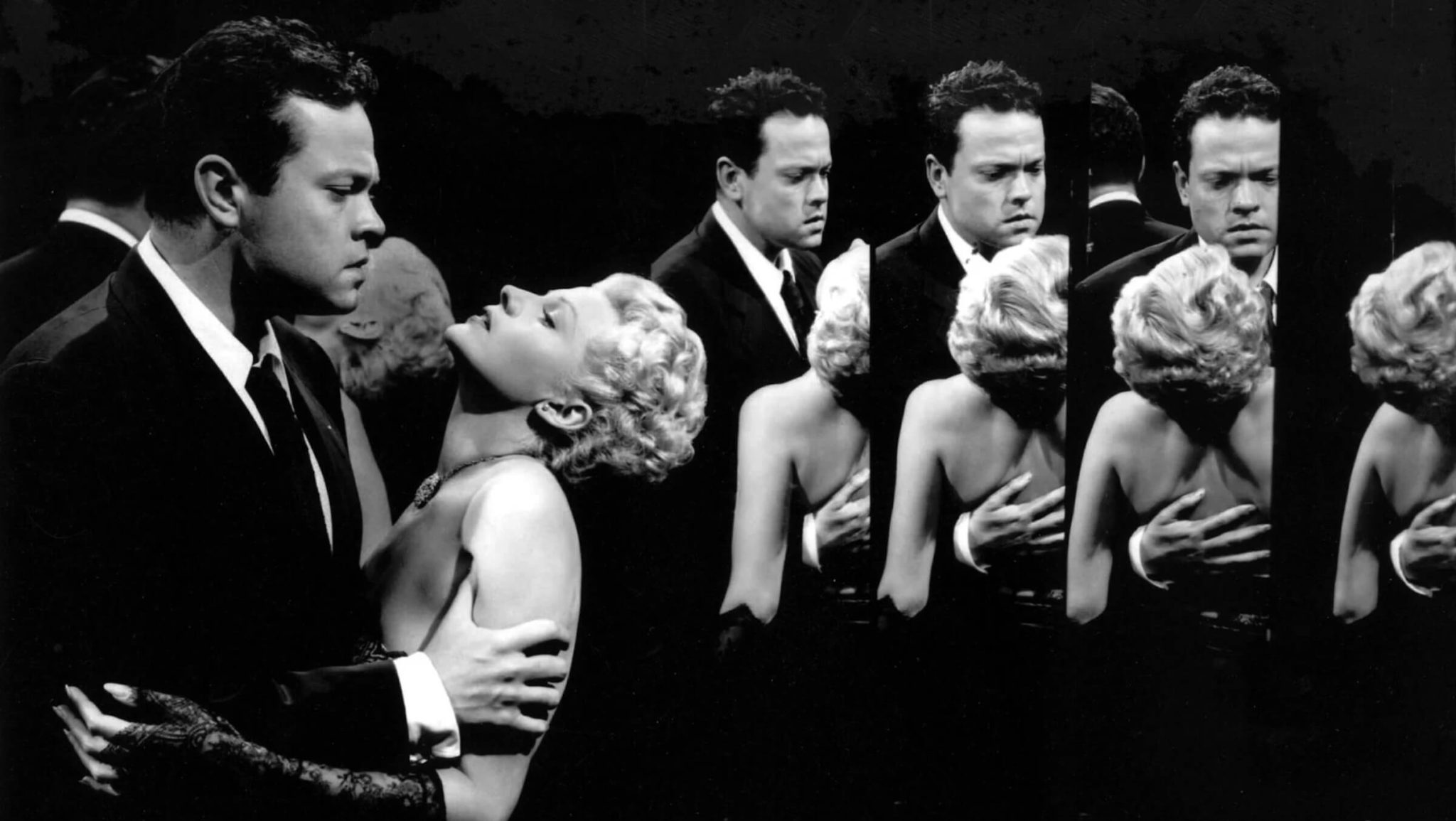45 Story Archetypes Screenwriters Should Master
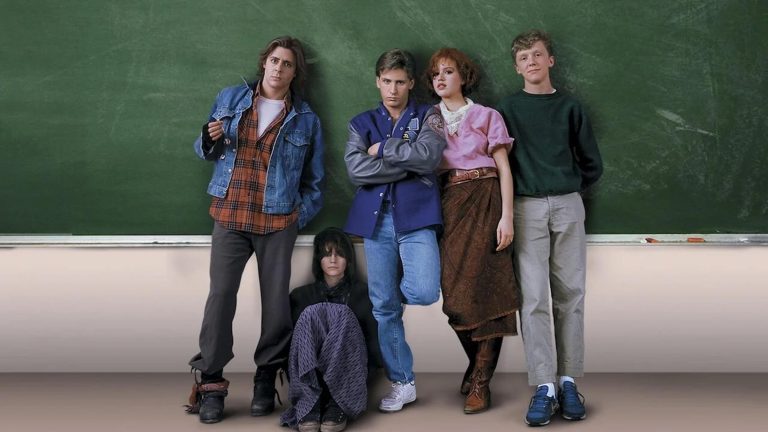
There are proven methods of telling a compelling story—and those proven methods are known as story archetypes.
Story archetypes are the fundamental frameworks that have shaped storytelling since the dawn of storytelling—whether stories are being told through myths and legends passed down by generations, poems, songs, plays, radio shows, television series, or movies.
45 Must-Know Archetypes for Screenwriters
1. Fish Out of Water
A protagonist is thrust into an unfamiliar environment, forcing them to adapt and grow.
Examples: Elf, Wicked, and Coming to America.
2. Stuck In a Time Loop
A character relives the same day or moment repeatedly, learning valuable lessons to escape the loop or grow as a person.
Examples: Groundhog Day, Palm Springs, and Edge of Tomorrow.
3. Revenge Story
A protagonist seeks to avenge a wrong, often at great personal cost.
Examples: John Wick, Gladiator, and Kill Bill: Vol. 1.
4. Hero’s Journey
A character embarks on an epic quest, facing trials and transformations along the way.
Examples: Star Wars: Episode IV—A New Hope, The Lord of the Rings: The Fellowship of the Ring, and Harry Potter and the Sorcerer’s Stone.
Read More: Free Download: Exploring the 12 Stages of the Hero's Journey
5. Coming-of-Age
A young protagonist matures emotionally or psychologically as they navigate life's challenges as they come of age.
Examples: Lady Bird, The Breakfast Club, and Stand by Me.
Read More: What ‘Dìdi’ Can Teach You About Writing a Coming-Of-Age Script
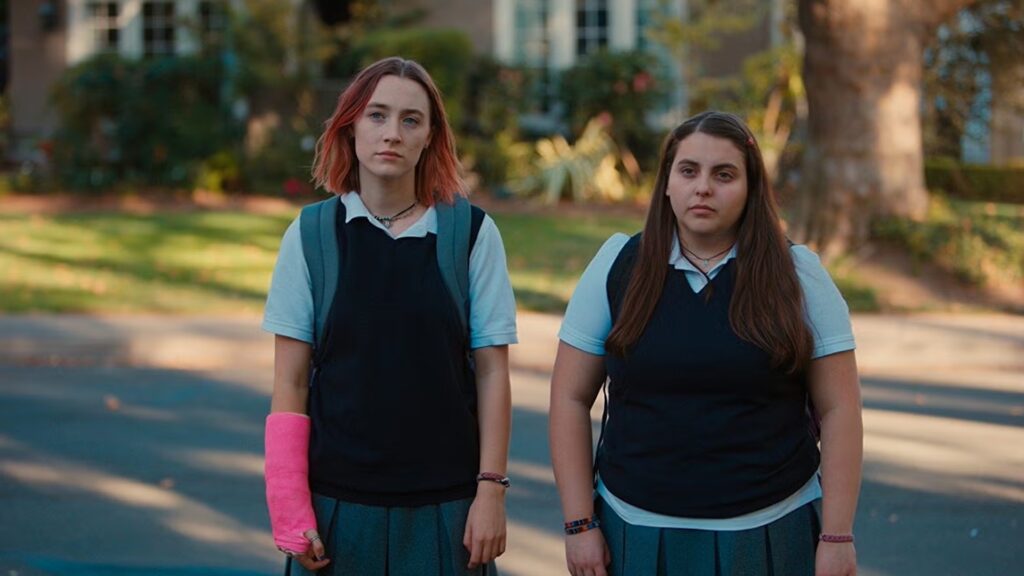
'Lady Bird' (2017)
6. Redemption Story
A character seeks atonement for past wrongs, finding peace or forgiveness.
Examples: Gran Torino, A Christmas Carol, and Unforgiven.
7. The Underdog
A character defies the odds to triumph over adversity.
Examples: Rocky, Rudy, and The Pursuit of Happyness.
8. Forbidden Love
Two characters fall in love despite societal, familial, or cultural obstacles.
Examples: Romeo + Juliet, The Shape of Water, and Titanic.
9. Human vs. Nature
The protagonist struggles to survive against the forces of nature.
Examples: Cast Away, The Revenant, and 127 Hours.
Read More: 100 Man vs. Nature Story Prompts
10. The Doppelgänger
A character encounters their double, leading to identity crises, tension, resentment, etc.
Examples: Black Swan, Enemy, and The Prestige.
11. Rags-to-Riches
A character rises from humble beginnings to achieve greatness, often facing moral dilemmas.
Examples: Slumdog Millionaire, The Greatest Showman, and A Star Is Born.
12. The Chosen One
A character discovers they have a unique destiny to fulfill.
Examples: The Matrix, Harry Potter and the Sorcerer's Stone, and Dune.
13. Journey to the Afterlife
Characters venture into the realm of the dead and return changed.
Examples: Coco, What Dreams May Come, and The Lovely Bones.
14. Stranger Comes to Town
A mysterious outsider disrupts the balance of a community.
Examples: Shane, Needful Things, First Blood.
15. Transformation/Metamorphosis
A character undergoes a physical or spiritual transformation and must deal with the aftereffects.
Examples: The Fly, Big, and Beauty and the Beast.
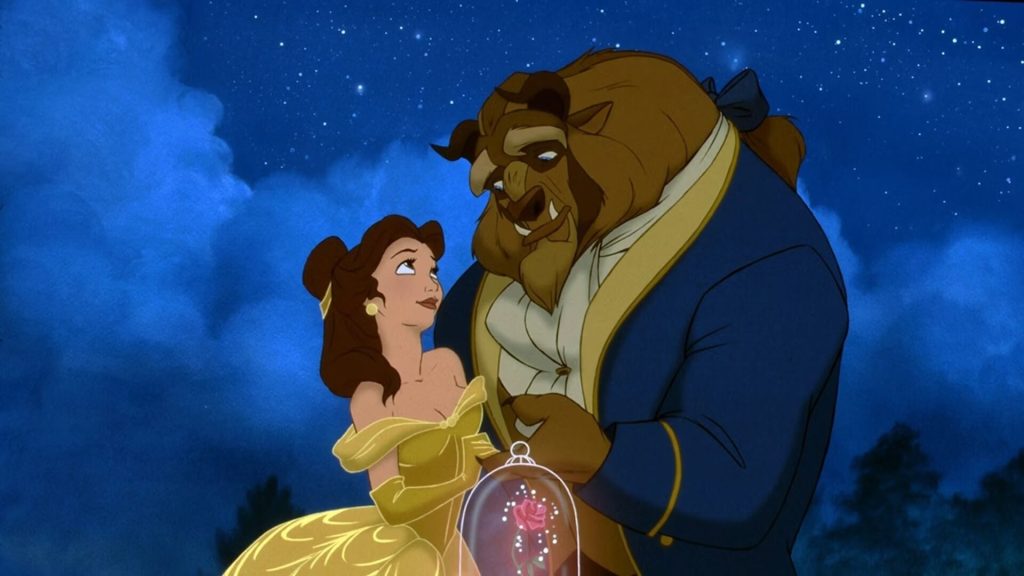
'Beauty and the Beast' (1991)
16. Dystopia
A character struggles against an oppressive society or system.
Examples: The Hunger Games, Snowpiercer, and The Handmaid’s Tale.
Read More: How To Write a Dystopian Movie or TV Show
17. The Heist
Characters meticulously plan and execute a robbery or scheme, often facing unforeseen challenges.
Examples: Heat, Inside Man, and Baby Driver.
18. Love Triangle
Three characters are entangled in romantic conflict.
Examples: Twilight, Challengers, and My Best Friend’s Wedding.
19. The Villain’s Origin
The story explores the circumstances that created a compelling antagonist.
Examples: Joker, Maleficent, and Wicked.
Read More: 101 Public Domain Story Prompts
20. The Antihero as Protagonist
A morally ambiguous protagonist struggles between selfishness and righteousness.
Examples: Breaking Bad, The Wolf of Wall Street, and Nightcrawler.
21. Wrongfully Accused
A character is unfairly blamed for a crime or problem and must clear their name.
Examples: The Fugitive, The Count of Monte Cristo, and The Next Three Days.
22. The Search for a Cure
A character must find a solution to a life-threatening illness or curse.
Examples: Outbreak, Children of Men, and Contagion.
23. The Reluctant Hero
A protagonist is forced into action against their will but ultimately rises to the occasion.
Examples: Casablanca, Die Hard, and Mad Max 2: The Road Warrior.
24. The Whodunit
The mystery revolves around solving a crime or uncovering a culprit amidst a cast of characters.
Examples: Clue, Knives Out, and Only Murders in the Building.
Read More: How ‘Only Murders in the Building’ Revived the Murder Mystery TV Genre
25. Monster Within
A character grapples with their inner demons, which may manifest literally or figuratively.
Examples: The Incredible Hulk, Wolf, and The Nutty Professor.
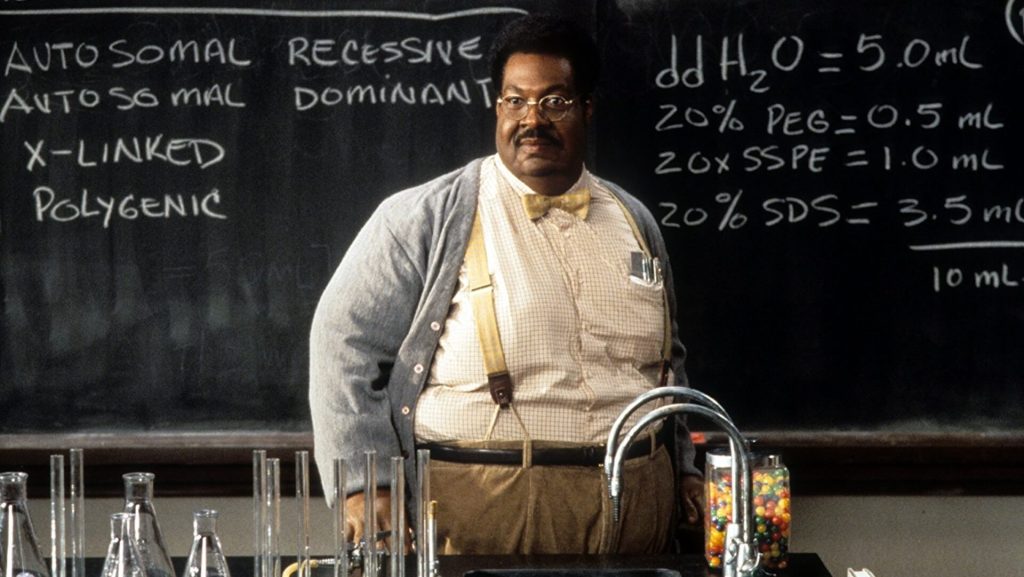
'The Nutty Professor' (1996)
26. Search for the Meaning of Life
A character embarks on a journey to discover their purpose or the meaning of life.
Examples: Into the Wild, The Truman Show, and Wild.
27. Court Room Drama
A story centered on a legal trial, delving into the many perspectives and characters involved.
Examples: Twelve Angry Men, A Few Good Men, and The Trial of the Chicago 7.
28. Contained Survival of a Supernatural/Alien Threat
Characters fight to survive against a supernatural or alien force, often in an isolated setting.
Examples: Alien, The Thing, and A Quiet Place.
29. Escape Story
The protagonist must escape captivity or an oppressive situation.
Examples: The Shawshank Redemption, Room, and Escape at Dannemora.
30. Rise and Fall
A character rises to prominence, only to experience a tragic downfall.
Examples: Scarface, Boogie Nights, and The Wolf of Wall Street.
31. Star-Crossed Lovers
Two lovers are doomed by fate or external forces beyond their control.
Examples: Romeo + Juliet, The Fault in Our Stars, and A Walk to Remember.
32. Leading a Double Life
A character juggles two or more conflicting identities, leading to dramatic or comedic tension.
Examples: Mrs. Doubtfire, Tootsie, and Hitman.
33. The Reluctant Villain
A character is pushed into villainy by circumstances, often against their better judgment.
Examples: Breaking Bad, The Godfather, and Joker.
Read More: 200 Types of Villains, Antagonists, and Bad Guys
34. Rebellious Uprising
A character leads a fight against an oppressive system or regime.
Examples: The Hunger Games, V for Vendetta, and Braveheart.
35. Haunted Places
A character explores or resides in a place filled with supernatural or psychological terror.
Examples: The Shining, Paranormal Activity, and The Conjuring.
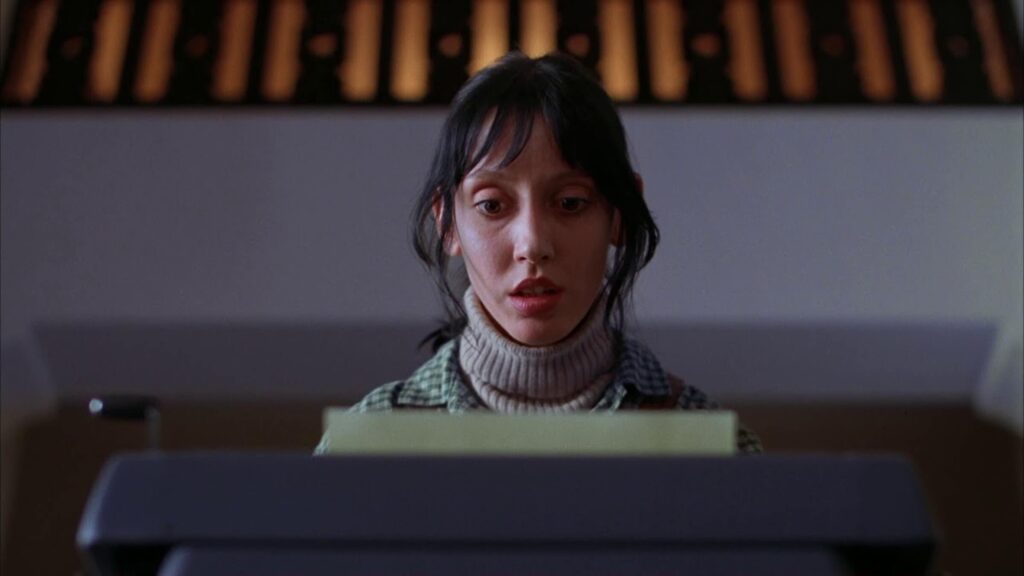
'The Shining' (1980)
36. The Road Trip
Characters embark on a physical journey that mirrors their internal growth.
Examples: Little Miss Sunshine, Planes, Trains and Automobiles, and Thelma & Louise.
37. The Body Swap
Two characters swap bodies, leading to comedic or dramatic insights.
Examples: Freaky Friday, Family Switch, and Face/Off.
38. The Rivalry
Two characters or groups clash in a competition that reveals their true natures.
Examples: Amadeus, Zoolander, and Neighbors.
39. The Protector
A character must protect someone or something at all costs.
Examples: Logan, The Mandalorian, and Man on Fire.
40. The Outsider Seeking Acceptance
A character struggles to find acceptance in a society that rejects them.
Examples: Edward Scissorhands, The Elephant Man, and Mask.
41. Treasure Hunting
Characters search for a valuable treasure, encountering challenges and rivals along the way.
Examples: Raiders of the Lost Ark, Romancing the Stone, and The Goonies.
42. Soulmates Find Each Other
Characters finally find true love after a lifetime of searching.
Examples: The Forty-Year-Old Virgin, Punch Drunk Love, Eternal Sunshine of the Spotless Mind.
43. Past Coming Back to Haunt Someone
A character’s past comes back to haunt them amidst living a new and near-perfect life.
Examples: A History of Violence, John Wick, and The Long Kiss Goodnight.
44. The Reunion
Characters reunite after time apart, confronting their shared past.
Examples: The Big Chill, Beautiful Girls, and Ten Years.
Read More: Anatomy of a Scene: How To Introduce Ensemble Characters in Dramas
45. Ragtag Team
A mismatched group of characters unites to achieve a common goal.
Examples: Guardians of the Galaxy, The Dirty Dozen, and Ocean’s Eleven.
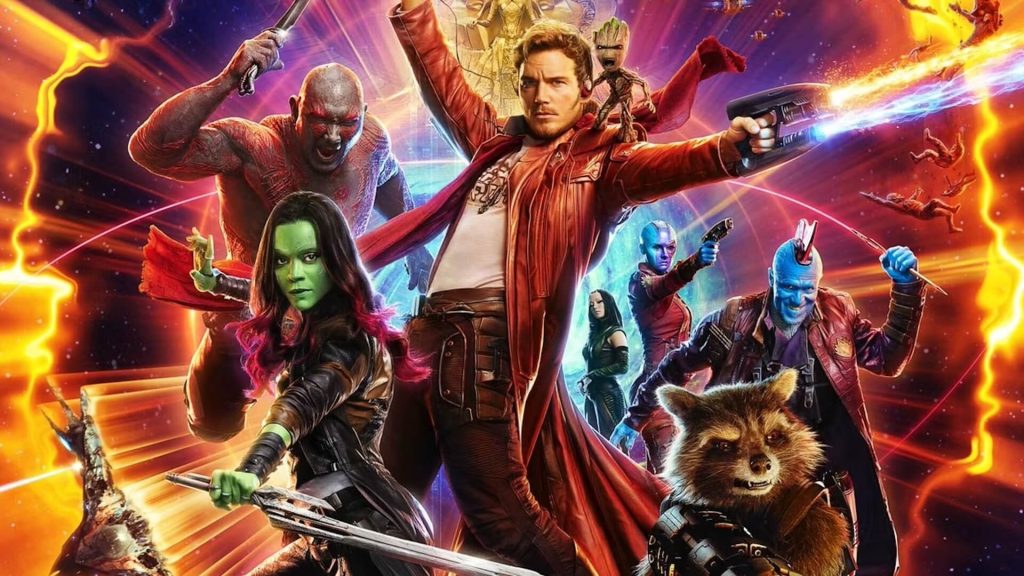
'Guardians of the Galaxy' (2014)
Why Should Screenwriters Use Archetypes?
For screenwriters, story archetypes are essential. Audiences love the familiar—but they also want something new. How screenwriters provide that by using story archetypes to tell their stories.
They’re not formulas, necessarily. More like creative blueprints that help screenwriters structure compelling narratives. Understanding archetypes allows you to lean into audience expectations or subvert them, creating fresh twists on familiar ideas.
Whether you're brainstorming your next screenplay or stuck in a creative rut, knowing your way through identifying story archetypes can help to spark your imagination and guide you toward crafting concepts and stories that resonate universally.
And that’s really the key—telling universal stories. The most successful movies are those that employ archetypes familiar to all cultures and age groups.
With that in mind, here’s a list of forty-five story archetypes that you can add to your creative toolkit, help brainstorm new story ideas, reimagine classics, and infuse your screenplays with timeless themes that connect with all kinds of audiences.
WANT MORE IDEAS? TAKE A LOOK AT OUR OTHER STORY PROMPTS!
Check out our Preparation Notes so you start your story off on the right track!
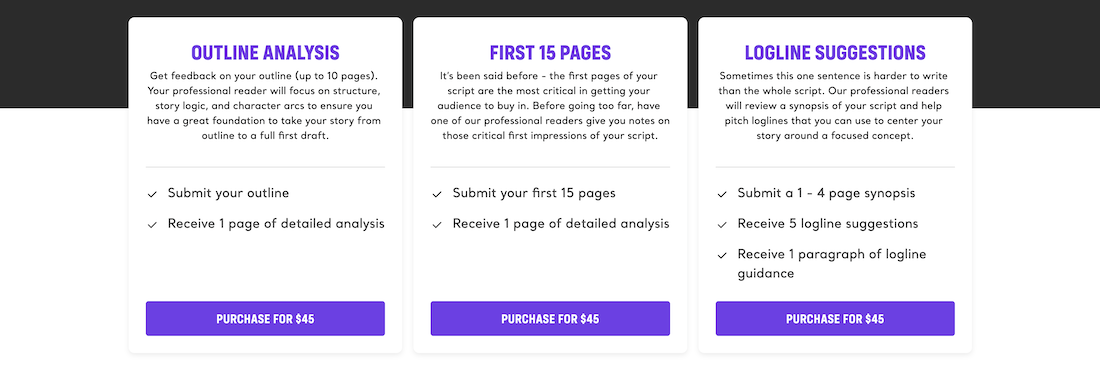
Ken Miyamoto has worked in the film industry for nearly two decades, most notably as a studio liaison for Sony Studios and then as a script reader and story analyst for Sony Pictures.
He has many studio meetings under his belt as a produced screenwriter, meeting with the likes of Sony, Dreamworks, Universal, Disney, Warner Brothers, as well as many production and management companies. He has had a previous development deal with Lionsgate, as well as multiple writing assignments, including the produced miniseries Blackout, starring Anne Heche, Sean Patrick Flanery, Billy Zane, James Brolin, Haylie Duff, Brian Bloom, Eric La Salle, and Bruce Boxleitner, the feature thriller Hunter’s Creed, and many Lifetime thrillers. Follow Ken on Twitter @KenMoviesand Instagram @KenMovies76.
Tags
Get Our Screenwriting Newsletter!
Get weekly writing inspiration delivered to your inbox - including industry news, popular articles, and more!



